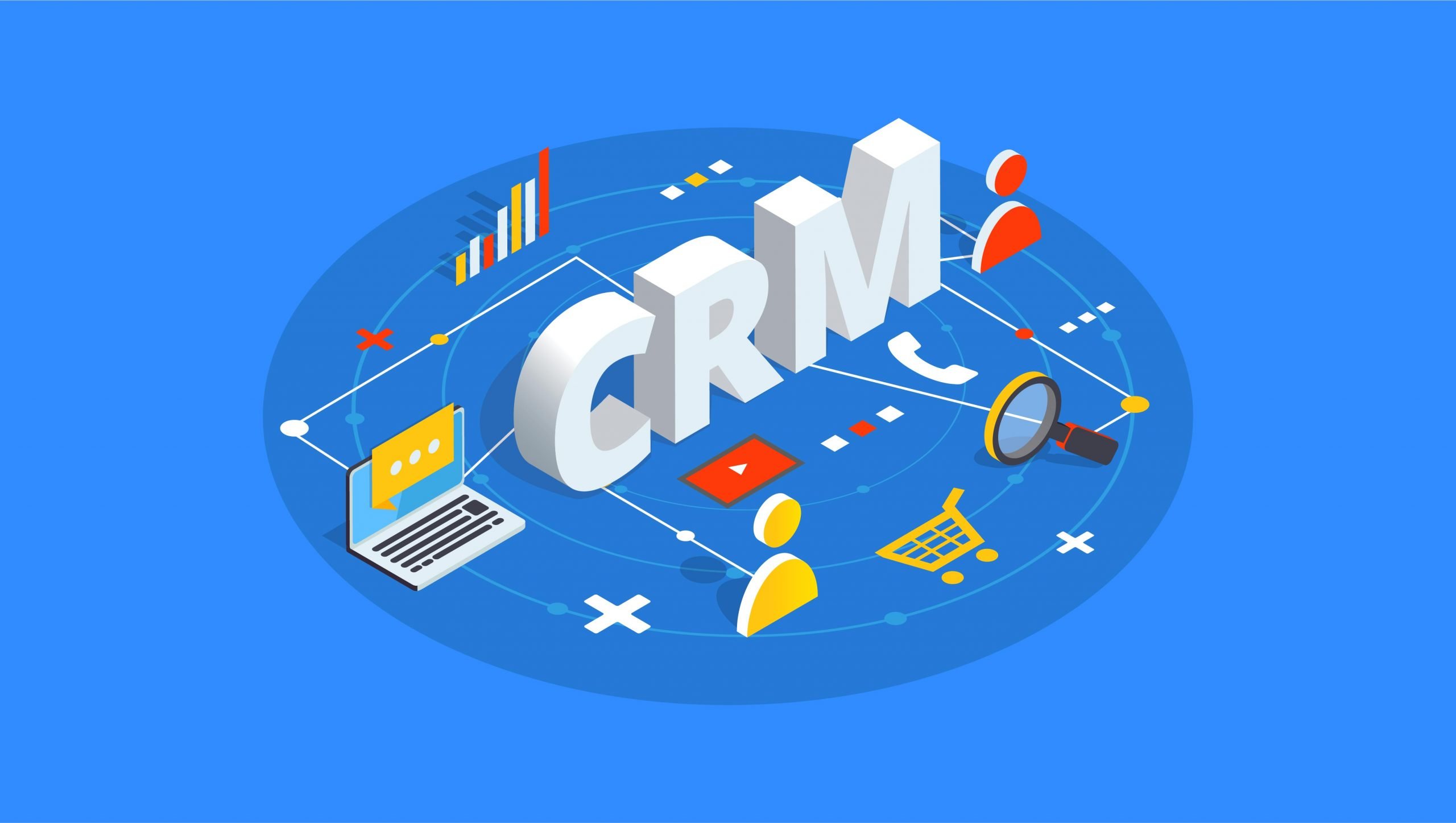Good CRM (Customer Relationship Management) software can help manage many aspects of a business, such as scheduling appointments, management through digital calendars, organizing contacts in easy-to-access databases, email marketing, project management, tracking activities of employees, providing an overview of the sales pipeline, and much more. Since all CRMs are not made equal, there is an assortment of tools available in the market. You should search for a product that meets the requirements of your organization. We’ve covered several of the top CRM platforms and top WordPress CRM plugins to help your research.
Once you’ve made your choice, however, if you do not know how to tap into its potential, a CRM will at best be a place where customer contact data is stored. At worst, a random tool that a few people use, all differently, possibly with separate datasets, causing confusion and a lack of productivity. But with the right approach, you can unlock the power of a CRM to inform and build your business. Giving everyone on your team the information, tools, and workflows they need to succeed. The tips in this post will help you ensure that your experience is like the latter.
5 Tips for Getting the Most out of your CRM Software
1. Start at the top.
When it comes to adopting a tool as central to your business’s success as a CRM it’s important to get buy-in from everyone–starting at the top. There’s nothing worse than a company or even a single team using different tools to manage the same data and processes. It causes inconsistencies in the data itself, makes it more likely that duplicate work is being done, and prevents leadership from seeing the data and reports they need to make important decisions.
2. Prepare your team.
Some CRMs are user-friendly, minimizing the training needed to use them effectively–but training should still be a priority. Companies who invest in training enjoy 24% higher profits than those who don’t. Training is also the ideal way to promote collaboration among employees and embeds the correct processes into the organization.
3. Prioritize communication.
It’s essential to cultivate frequent and effective communication with all team members through the introduction, implementation, and utilization phases of adopting your CRM. The success of any business is at risk when effective communication between employees deteriorates, but things can really get messy when folks are confused as to how they should use a tool as central to your success as your CRM. As with any new IT product, there are bound to be queries and hiccups along the way. But that’s all normal. The important thing is to overcome the hurdles and continue using the software together. Once things are in full swing, your team should notice a considerable improvement in communication and clarity on key tasks and goals.
4. Analyze ALL the data.
The capabilities of a CRM can be magnified by examining not just your sales data, but your usage data for the software itself. Obviously, you’ll want to zero in on your sales metrics but many of the best CRMs offer tools that allow admins and managers to view data about the productivity and effectiveness of their team members too. Set aside time to review this data with both team members and decision makers on a regular basis to make sure you’re not just better than you were before you adopted a CRM, but that you continue to improve in all areas.
5. Convert important information into visual reports and dashboards.
Visuals are a great way to make an instant statement, which means they’re great for keeping everyone in the loop in regards to sales and performance. The best CRM software will allow you to generate visuals, infographics, or sales reports. Be sure to take the time to understand how to create them–and then use them!
5. Motivate your team with clear and achievable goals.
It’s essential to keep all of your team members engaged and headed in the right direction. Project management, activity tracking, sales pipeline, automation of follow-up tasks, etc. are some of the features offered by a CRM. When work is simplified, organized, automated, and monitored, everyone understands the importance of his or her contribution to the overall success of the company. Goal and task completion are incentives to keep employees focussed and motivated through metrics. Seeing the positive results of their hard work can go a long way in boosting their morale. And the bottom line of your company.
Final Thoughts
CRM platforms are quickly becoming an essential part of many corporations. Those who use this revolutionary technology find themselves a step ahead of the rest. It is out there for the taking. But if you do not have the initiative to implement and integrate the software into your organization, you may not be able to nurture those relationships that are transforming your ordinary business into a profitable one.
Featured Image via Graf Vishenka / shutterstock.com









Leave A Reply